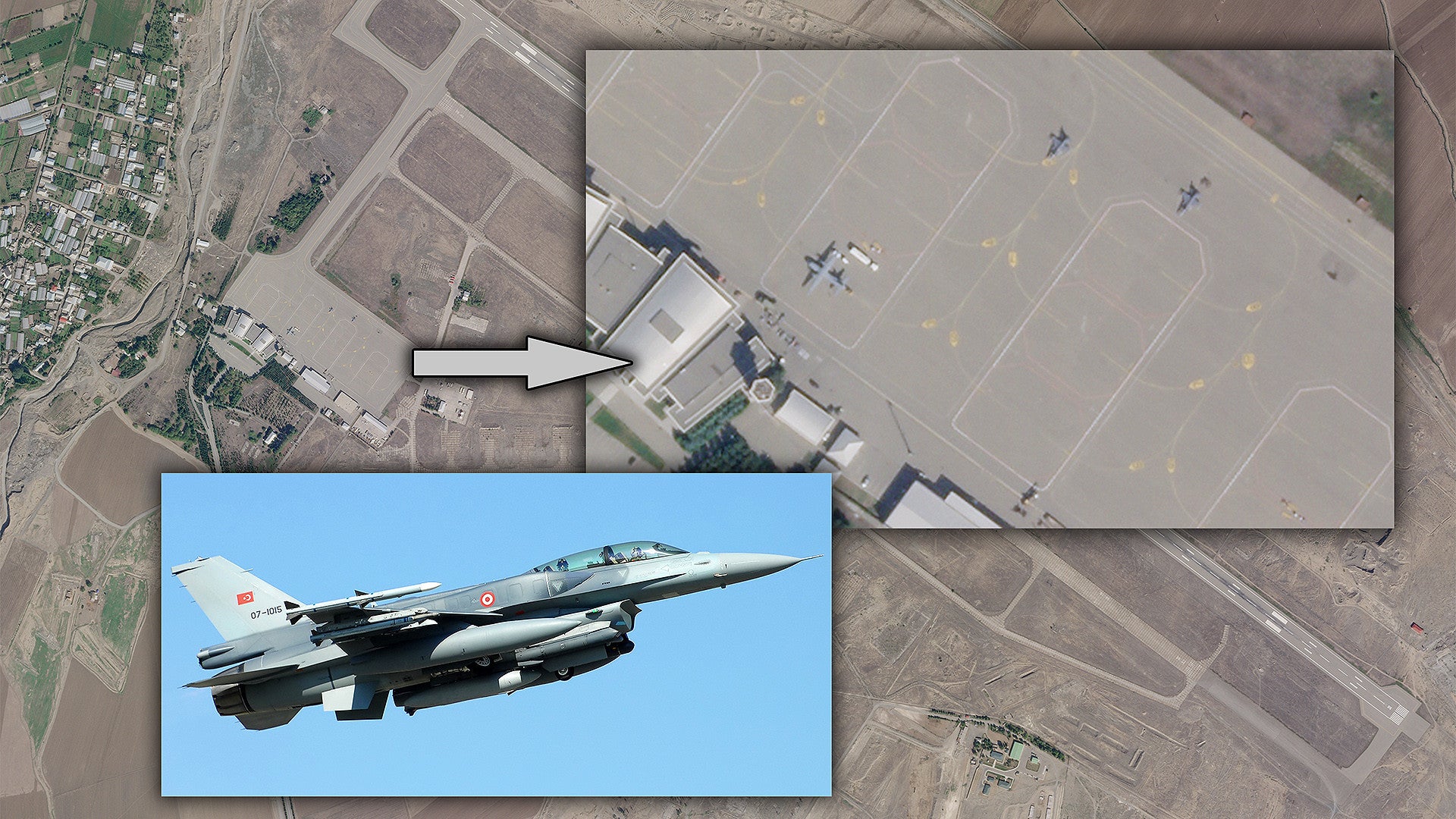Satellite imagery shows at least two F-16 Viper fighter jets, almost certainly belonging to the Turkish Air Force, at Ganja International Airport in Azerbaijan earlier this month. This is the first hard evidence that at least some of these jets were in that country after fighting erupted between it and its neighbor Armenia over the long-disputed Nagorno-Karabakh region.
The War Zone obtained the image of Ganja International Airport, dated Oct. 3, 2020, showing the pair of F-16s, as well as what could be a CN-235 light transport aircraft, from Planet Labs. The airport is situated in the western part of Azerbaijan, less than 50 miles north from Nagorno-Karabakh.
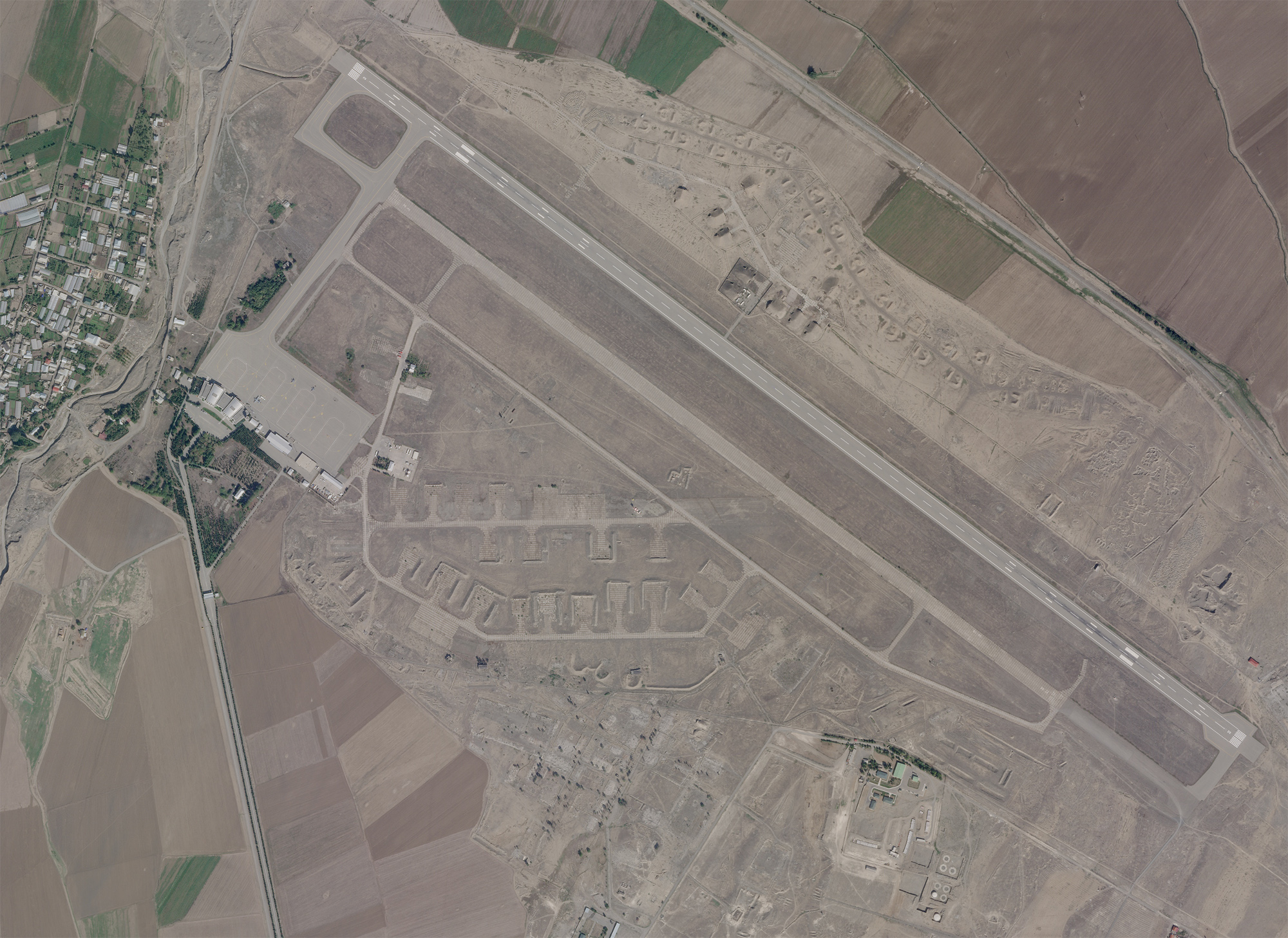
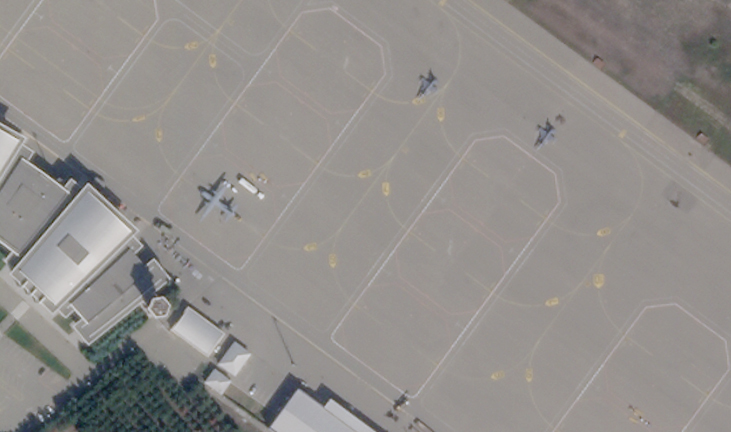
Christiaan Triebert, of The New York Times’ Visual Investigations team was among the first to spot the jets in this imagery, providing initial analysis in a thread on Twitter. Triebert said that the region has been a particular point of interest for the Visual Investigations team, as it has been for other news outlets, experts, and observers, since a new major conflict broke out between Azerbaijan and Armenia over Nagorno-Karabakh on Sept. 27, 2020. Since 1994, the Armenian-backed Republic of Artsakh has held de facto control over Nagorno-Karabakh, despite the area being widely recognized as Azerbaijani territory. Fighting has flared up at times in the intervening decades.
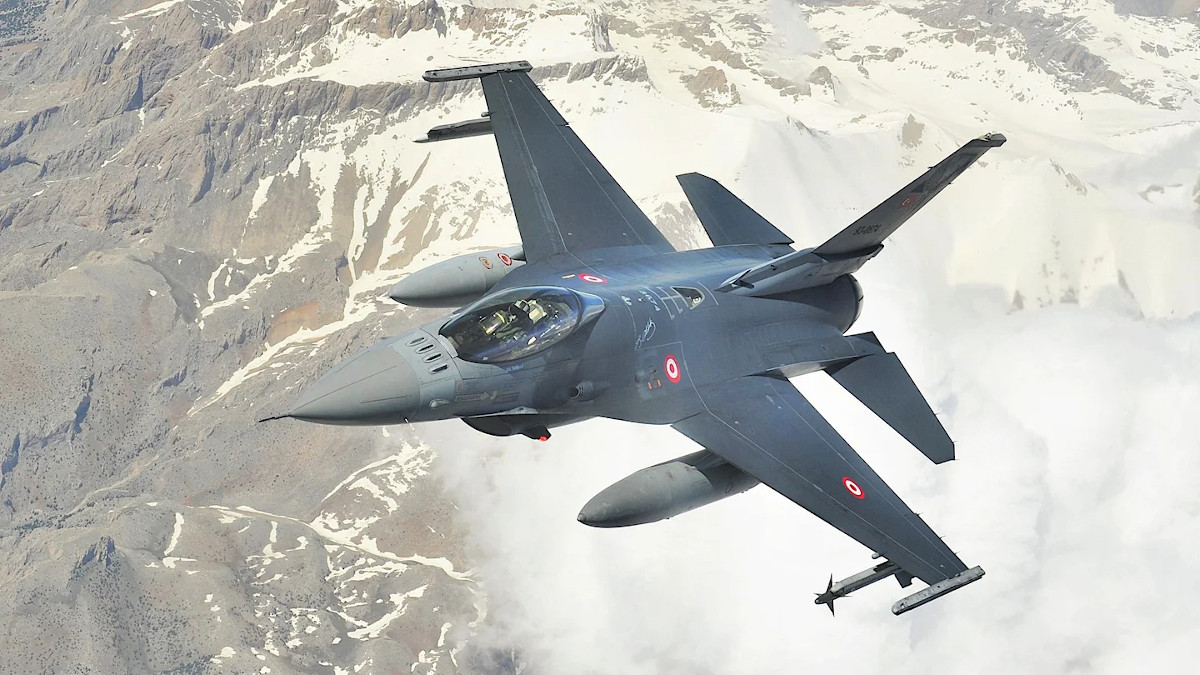
The issue of the possible presence of Turkish F-16s at Ganja and their potential involvement in this conflict first arose on Sept. 29, 2020, when Shushan Stepanyan, the Press Secretary of the Minister of Defense of Armenia, claimed that one of these jets flying from that airport had shot down an Armenian Su-25 Frogfoot ground-attack jet. Turkish and Azerbaijani officials categorically denied this and said that no Turkish Vipers were conducting combat operations in the region.
Armenia’s shootdown claim remains unconfirmed, but the Planet Labs image from Oct. 3 all but confirms that Turkish F-16s were at Ganja at least as of that date. While it’s not possible to say with absolute certainty who the operator of the F-16s in the imagery is, it’s hard to see how they could belong to anyone else but Turkey.
Other Planet Labs imagery that The War Zone examined shows what appear to be F-16s on the exact same ramp at the airport starting in early August. The Turkish Air Force publicly deployed a contingent of Vipers to Ganja, ostensibly as part of a bilateral training exercise with Azerbaijani forces, on July 31. Those drills followed another bout of clashes between Armenia and Azerbaijan over Nagorno-Karabakha and were seen by some as signal from officials in Ankara aimed squarely at their counterparts in Yerevan.

That exercise, dubbed TurAz Qartali-2020, was supposed to wrap up on Aug. 10. However, additional imagery from Planet Labs shows six F-16s, as well as what looks to be a CN-235, still on the ramp at Ganja on Sept. 10. Lower-resolution imagery available in Planet Labs archives dated between August 10th, through Sept. 10th, and on to Oct. 3rd shows the persistent presence of what look to be combat jets in the same portion of the same area of the airport.
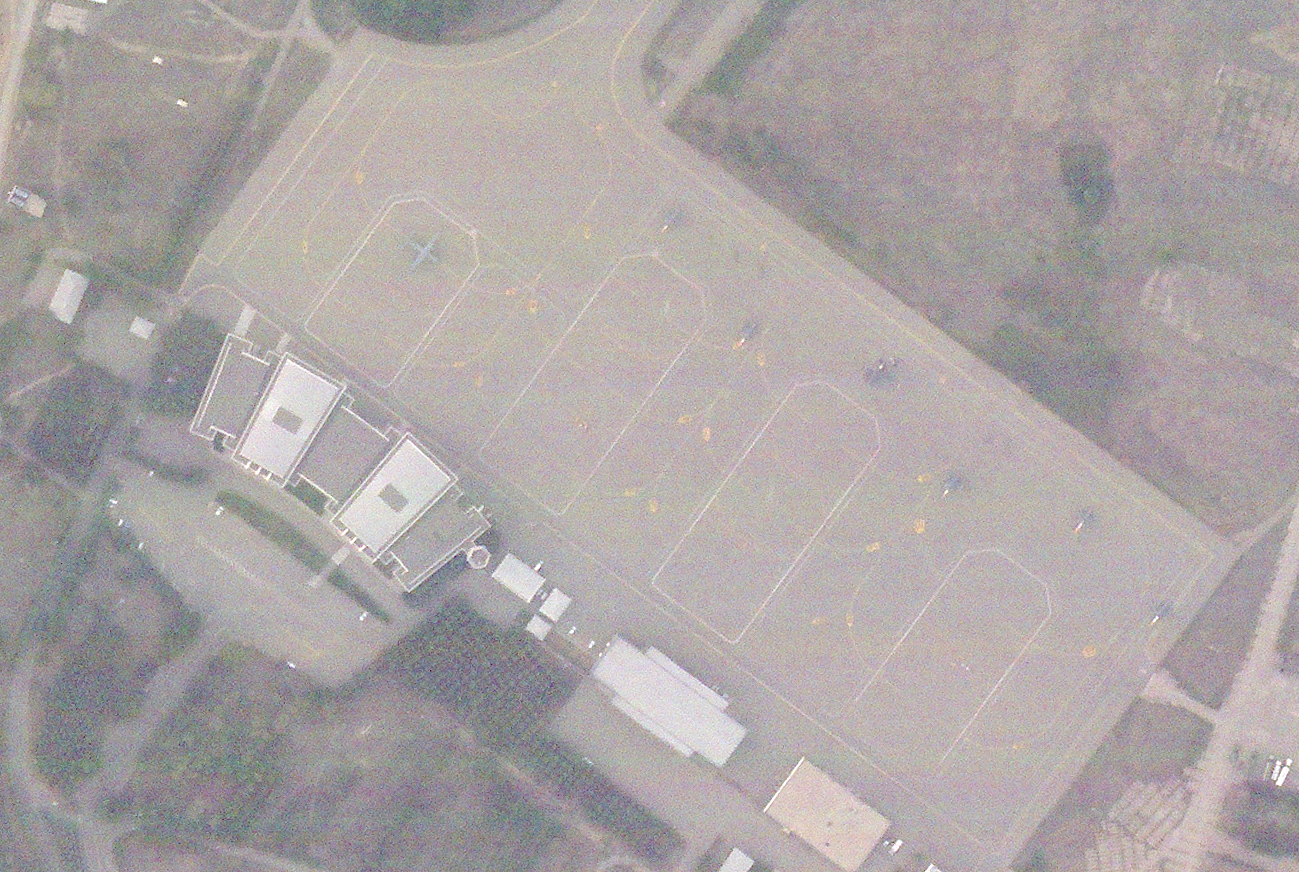
The clear indication is that this detachment of F-16s remained in Azerbaijan far after the end of TurAz Qartali-2020. The CN-235, another type of aircraft that Turkey operates and that Azerbaijan does not, is likely acting in a support role for the F-16 force deployed to the country.
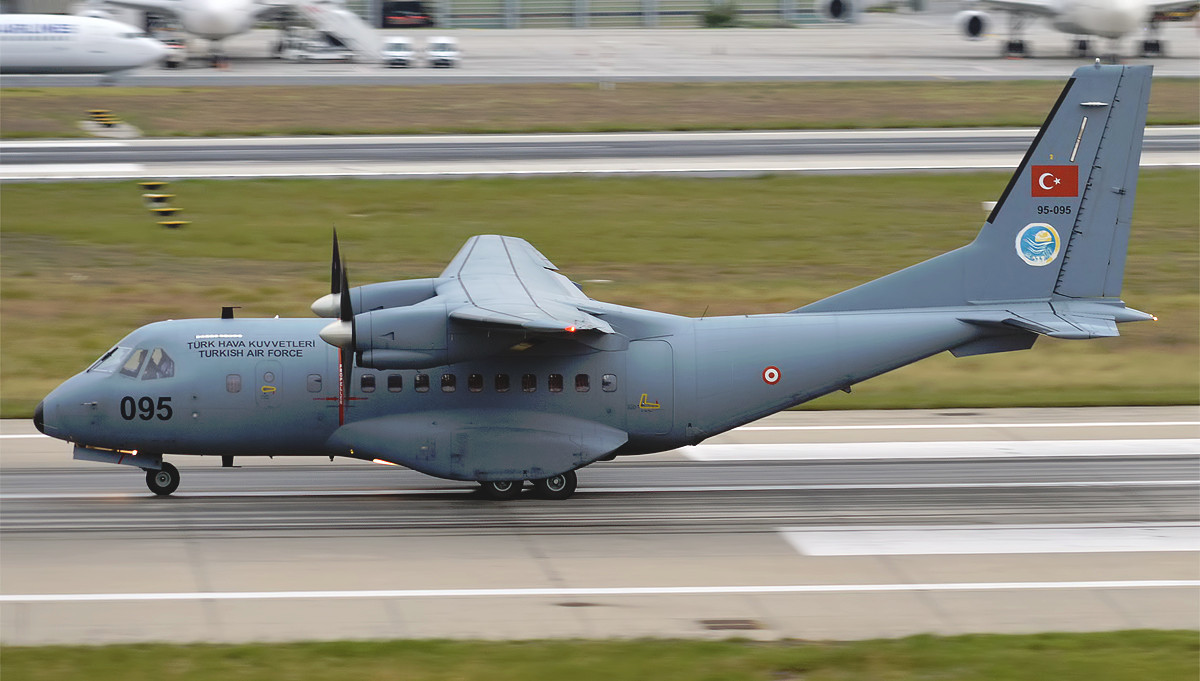
There have been suggestions that the aircraft seen in the Oct. 3 imagery are not actually F-16s, but this seems highly unlikely and in the case of the high-resolution image, impossible. In February 2020, Azerbaijan did announce it was buying Leonardo M-346 advanced jet trainers from Italy, which some claim could possibly be mistaken for F-16s in satellite imagery, but there is no indication that any of those aircraft have been delivered. The F-16 also has a distinct size and shape that is hard to confuse with the aircraft in the Azerbaijani Air Force’s combat jets fleets, which include Soviet-era MiG-21 Fishbed and MiG-29 Fulcrum fighters, as well as its own Su-25s.
Despite their presence at Ganja, it remains unclear how the F-16s are or are not participating in the fighting in and around Nagorno-Karabakh, which has been steadily escalating since it began last week. If they are not, the question becomes what possible role could they have and why has the deployment been kept secret? Azerbaijan has already been waging a devastating air war against Armenian and Armenian-backed forces using Turkish-made Bayraktar TB2 armed drones, as well as Israeli-made loitering munitions, especially the Israel Aerospace Industries (IAI) Harop.
A video circulating on social media also suggests that Azerbaijan has fired at least one of its Israeli-made LORA short-range ballistic missiles at a target along the border between Armenia and Nagorno-Karabakh. Other clips indicate that Armenian forces had similarly launched at least one Soviet-era Tochka-U short-range ballistic missile at Azerbaijani positions. So far, Armenia has not employed its more advanced Russian-made Iskander-E quasi-ballistic missiles.
Artillery, including howitzer and rocket artillery systems, has also been a major factor in the fighting. Both sides accuse each other of indiscriminate strikes on civilian population centers, including the city of Ganja, where the airport the F-16s are based at is situated, in the region.
It’s also not clear how confirmation of the presence of Turkish F-16s at Ganja, despite that country’s denials, may impact the conflict going forward. If proof emerges that these jets have been taking part in the fighting, it would represent a major escalation, but it may not necessarily trigger further involvement from Armenia’s own regional partners, including Russia or Iran.
Just today, Russian President Vladimir Putin said that his country was under no obligation to intervene until there was danger of an Azerbaijani invasion of undisputed Armenian territory. This statement implicitly means that the Kremlin continues to recognize Nagorno-Karabakh as Azerbaijani territory. It will be very interesting to see if that proclamation sticks.
Iranian President Hassan Rouhani said today that his country won’t stand for the presence of foreign fighters in Nagorno-Karabakh, an apparent reference to Turkey’s reported facilitation of the movement of Syrian militants into the region to fight on behalf of Azerbaijan. In the past, he has also called for an end to any foreign involvement in the fighting and called for both sides to bring a halt to the latest conflict and negotiate a resolution “within the framework of international law.”
For its part, Turkey continues to express its unequivocal support for Azerbaijan’s offensive, which appears to be aimed at recapturing all, or at least most of the dispute region.
What we do know now is that, at least as of Oct. 3, Turkey had F-16s deployed to Azerbaijan, where they are well-positioned to take part in the conflict, if they haven’t been doing so already.
Contact the author: joe@thedrive.com
